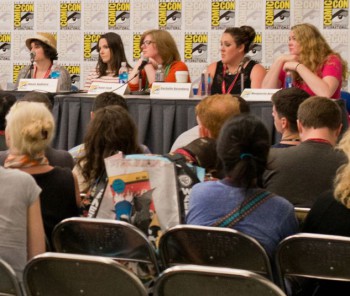The Three Phases of Marvel’s Adam Warlock, Part Two: The Magus Saga
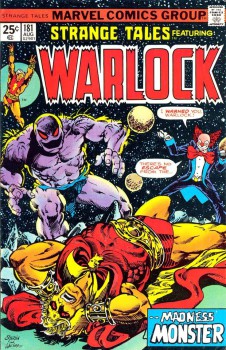 Read The Three Phases of Marvel’s Adam Warlock, Part One here.
Read The Three Phases of Marvel’s Adam Warlock, Part One here.
My 10-year old son saw my Warlock comics (the ones showing the clowns and the Madness Monster I’ll discuss in this post) this morning and asked who Warlock was and why his villains were so weird. Then, of course, being ten, he asked if I could get him some Warlock comics. And I explained to him that he might not like them.
Warlock is a very sad hero, I explained. He tries to be good, and tries to make good choices, but all that ever happens is that people around him get hurt or he fails. I think that’s a good way to start this post.
I should also note that this post is constructed entirely of spoilers. 100%, wall-to-wall spoilers of a thirty-year old story. Embrace the spoilers.
In my last segment, I looked at the hero Adam Warlock, from his synthetic birth as “Him” in the 1960s to his rechristening as a messiah figure in 1972 and 1973 and eventual cancellation. This first period was an important start to what I said to my son. Adam Warlock tried to save Counter-Earth and ultimately, he could not expunge the evil in men and he left for the stars.
The second phase of the saga is the Jim Starlin as writer/artist era, which I measure from 1975 until the hero’s death in 1977. Jim Starlin produced two classic stories in this phase, the Magus arc and the Thanos arc. These are big and original for the comics of the time, so I’m going to cover the Starlin period in two posts. Today is the Magus saga.
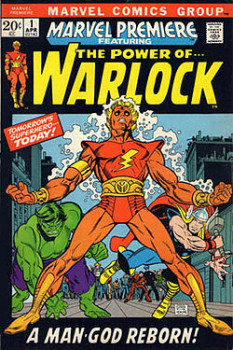
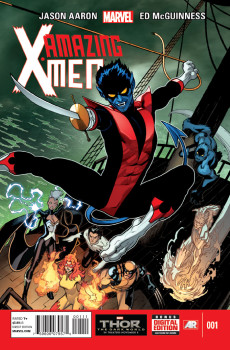
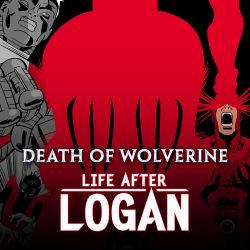
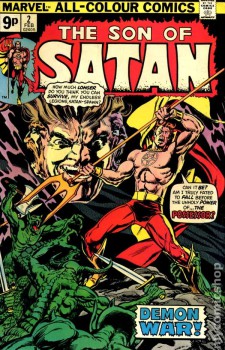
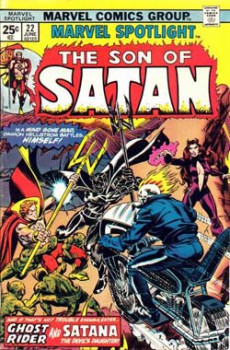
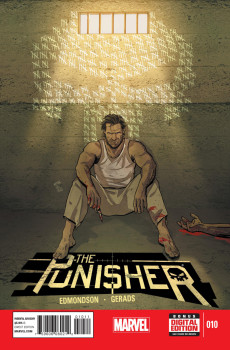
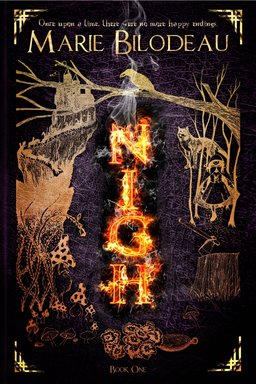
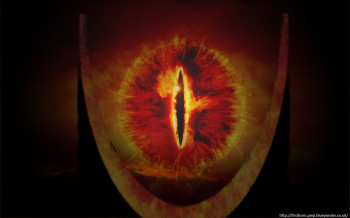
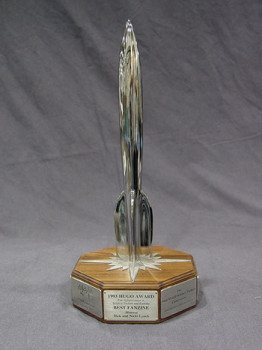
 Who wouldn’t want to correctly and appropriately use the word “Bam!” as part of their daily writing? Nobody.
Who wouldn’t want to correctly and appropriately use the word “Bam!” as part of their daily writing? Nobody.